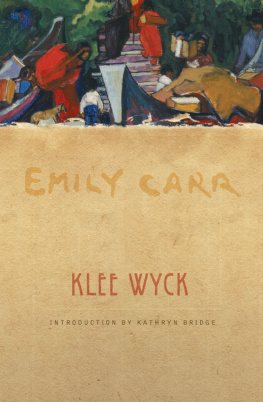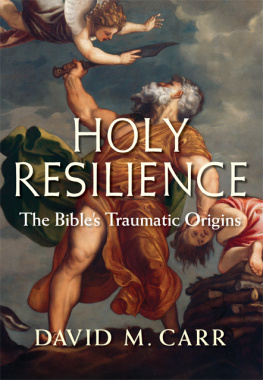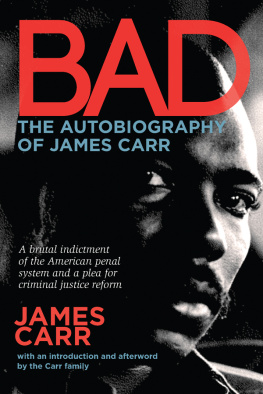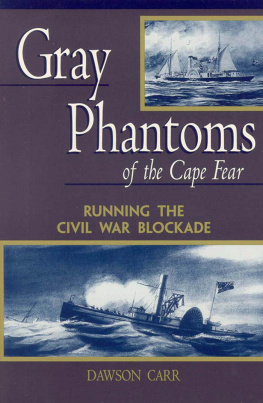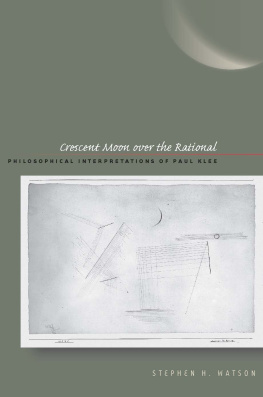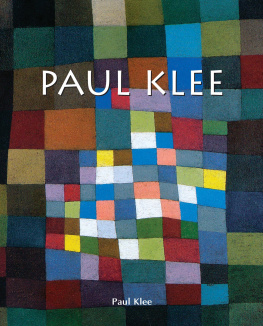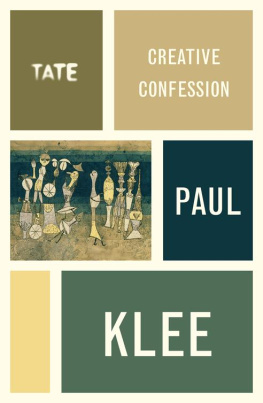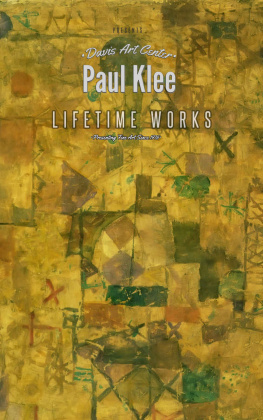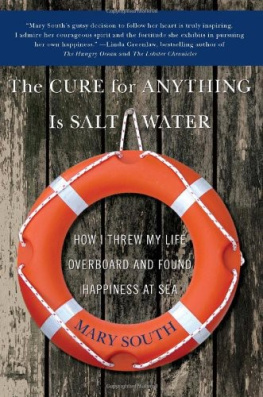Carr - Klee Wyck
Here you can read online Carr - Klee Wyck full text of the book (entire story) in english for free. Download pdf and epub, get meaning, cover and reviews about this ebook. City: Berkeley;CA;Vancouver;B.C;British Columbia, year: 2011;2004, publisher: Distributed in the U.S. by Publishers Group West, Douglas & McIntyre, genre: Art. Description of the work, (preface) as well as reviews are available. Best literature library LitArk.com created for fans of good reading and offers a wide selection of genres:
Romance novel
Science fiction
Adventure
Detective
Science
History
Home and family
Prose
Art
Politics
Computer
Non-fiction
Religion
Business
Children
Humor
Choose a favorite category and find really read worthwhile books. Enjoy immersion in the world of imagination, feel the emotions of the characters or learn something new for yourself, make an fascinating discovery.
Klee Wyck: summary, description and annotation
We offer to read an annotation, description, summary or preface (depends on what the author of the book "Klee Wyck" wrote himself). If you haven't found the necessary information about the book — write in the comments, we will try to find it.
Carr: author's other books
Who wrote Klee Wyck? Find out the surname, the name of the author of the book and a list of all author's works by series.
Klee Wyck — read online for free the complete book (whole text) full work
Below is the text of the book, divided by pages. System saving the place of the last page read, allows you to conveniently read the book "Klee Wyck" online for free, without having to search again every time where you left off. Put a bookmark, and you can go to the page where you finished reading at any time.
Font size:
Interval:
Bookmark:
KLEE WYCK
EMILY CARR
KLEE WYCK

FOREWORDS BY IRA DILWORTH
INTRODUCTION BY KATHRYN BRIDGE
DOUGLAS & MCINTYRE
VANCOUVER / TORONTO / BERKELEY
Copyright 2003 by Douglas & McIntyre
Introduction copyright 2003 by Kathryn Bridge
First United States edition published in 2004
All rights reserved. No part of this book may be reproduced, stored in a retrieval system or transmitted, in any form or by any means, without the prior written consent of the publisher or a licence from The Canadian Copyright Licensing Agency (Access Copyright). For a copyright licence, visit www.accesscopyright.ca or call toll-free to 1-800-893-5777.
Douglas & McIntyre Ltd.
2323 Quebec Street, Suite 201
Vancouver, British Columbia
Canada V5T 4S7
www.douglas-mcintyre.com
Cataloguing data available from Library and Archives Canada
ISBN 1-55365-027-1 (bound)
ISBN 978-1-55365-025-6 (pbk.)
ISBN 978-1-926706-38-2 (ebook)
Editing by Saeko Usukawa
Cover design by Ingrid Paulson
Distributed in the U.S. by Publishers Group West
We gratefully acknowledge the financial support of the Canada Council for the Arts, the British Columbia Arts Council, and the Government of Canada through the Book Publishing Industry Development Program (BPIDP) for our publishing activities.
To Sophie
CONTENTS
by Kathryn Bridge
by Ira Dilworth
by Ira Dilworth
CANOE
by Kathryn Bridge
IN NOVEMBER 1941, artist Emily Carr made her debut as a writer with the publication of Klee Wyck. The powerful simplicity and vividness of this collection of twenty-one short stories and word sketches won it instant critical acclaim and made it a best seller. The following year, the book won the Governor Generals Award for Non-fiction, Canadas highest literary honour. Since then, Klee Wyck has been in print continuously; but how many readers are aware that the Klee Wyck that has become a classic is not the Klee Wyck that was originally published?
In the course of my work as an archivist at the British Columbia Archives, which holds the Emily Carr papers, I have had the privilege of viewing the rough drafts and preliminary versions for many of the stories later published in her several books. These literary manuscripts, with their editing marks and comments, cross outs, inserts and modifications, allow us to see how Carr crafted her writing as she reworked and polished the text into its final form. She deliberated over words and pared sentences to their essence. As she later remarked, I did not know book rules. I made two for myself. They were about the same as the principles I use in paintingget to the point as directly as you can; never use a big word if a little one will do.
Knowing all this, I was taken aback when, at the suggestion of Dr. Gerta Moray, a scholar who was then undertaking an intense examination of Carrs early Indian paintings, I undertook a close comparison of the current paperback version and the original first edition. It was then that I learned that Carrs final productthe words and sentences she had honed and polished and published in Klee Wyckwere, a few years after her death in 1945, expurgated by a new publisher, who did not inform the reading public of this action.
Several generations of Canadians who have read and enjoyed a volume of Klee Wyck printed after 1950 have missed out on the full, original text. It is only now, with this publication, that Carrs original Klee Wyck textin its entiretycan be read once more. Together, they provide biographical information about Emily Carr and her motivation for writing, analyse her creative process, and discuss her style and her use of language.
But before looking at how Klee Wyck came to be expurgated, it is important to appreciate the chronology of events prior to its publication and also the reception Klee Wyck and its author received upon its release.
The time leading up to the public unveiling of Klee Wyck were transition years for the elderly Carr, who was born in 1871. Failing healthangina, followed by a series of heart attacks beginning in 1937made travel difficult and reduced her physical capabilities. She was no longer strong enough to embark on sketching trips or even to cope with many of the daily chores revolving around her house and animals. Trapped indoors recuperating, Carr stayed abed most mornings and one full day each week. Forbidden by her doctor to paint, time weighed heavily on this woman, who was normally so vital and focussed, so she pulled out her old journals and drafts of stories written a decade earlier and used these as the basis for a new batch of short sketches. She transferred her energy into re-creating past adventures, recording her impressions of the Native people she had met in the villages and reserves decades ago. Her aim was to bring life and dignity to these people, to give them individuality and voice. She also wanted to show, through her writings, the harm she saw inflicted on First Nations people by the settler society that sought to assimilate them into mainstream culture and whose racist views not only blinded them to the values of aboriginal culture but reinforced their assumption that these people were a dying race.
Within months, Carr had completed first drafts of most of the stories that would form Klee Wyck, along with other stories recounting experiences from her childhood. But it was not until one of her listening ladies, Ruth Humphrey, passed them on to Ira Dilworth, a former professor of English at the University of British Columbia and then the regional director of the Canadian Broadcasting Corporation (CBC) in Vancouver, that any progress was made. Dilworth had local connections to Carr that helped break the ice. As a teenager, he had lived in the same neighbourhood, and he recalled Carr and, of course, her entourage of animals.
Dilworth was a busy man, but once he read her stories, he became a sincere supporter and used his broadcasting connections to promote Carrs writing. In January and February 1940, Garnett Sedgewick, another Carr advocate, read several of her stories over the local CBC radio station, and in later years Dilworth read other stories aloud on national CBC radio broadcasts. It was an ideal way to introduce a new author to Canadians across the country.
A few months after the first broadcasts, on a visit to Toronto, Dilworth left a sample selection of Carrs stories at the editorial offices of Oxford University Press. Faced with Dilworths persistence, manager William H. Clarke ultimately agreed to publish them, a significant commitment in wartime. An insecure yet ecstatic Carr, scarcely believing the good news was real, kept it a secret and steeled herself against the possibility it would come to naught.
In late March 1941, Clarke and his wife, Irene, travelled to Victoria to meet Carr, and it was only then that the deal was made. Carr wrote to her friend Nan Cheney, tempering her excitement with pessimistic comment that reflected upon the potential for disruption by war. Well, it is really going through. The Oxford University Press is bringing out a book of me, about xmas if we are not bommed [sic] off the earth first. A contract followed in May and, by June, she had sent the stories to her publisher. In September, the title Klee Wyck was decided upon over Carrs initial title, Stories in Cedar, and the illustrations and dust jacket images selected.
Finally, in October, she held in her hands an advance copy, minus the dust jacket, which was still being printed. The almost seventy-year-old author, who had fussed and worried through the editorial process, partly disbelieving in its fruition, then remarked that it was a real
Next pageFont size:
Interval:
Bookmark:
Similar books «Klee Wyck»
Look at similar books to Klee Wyck. We have selected literature similar in name and meaning in the hope of providing readers with more options to find new, interesting, not yet read works.
Discussion, reviews of the book Klee Wyck and just readers' own opinions. Leave your comments, write what you think about the work, its meaning or the main characters. Specify what exactly you liked and what you didn't like, and why you think so.

